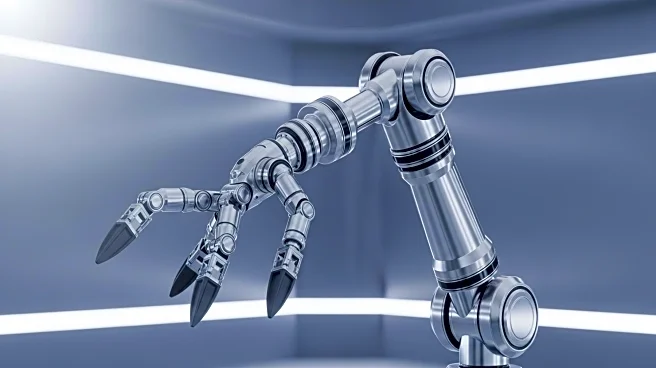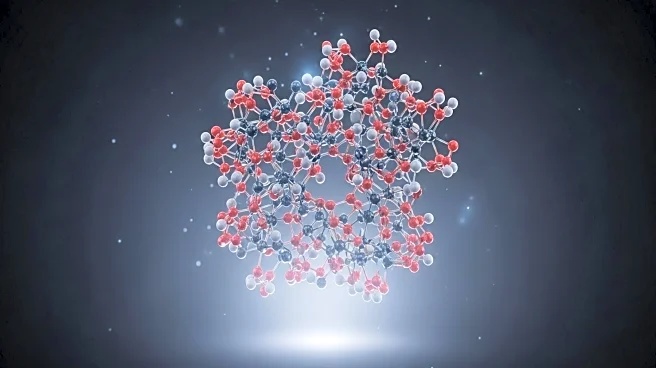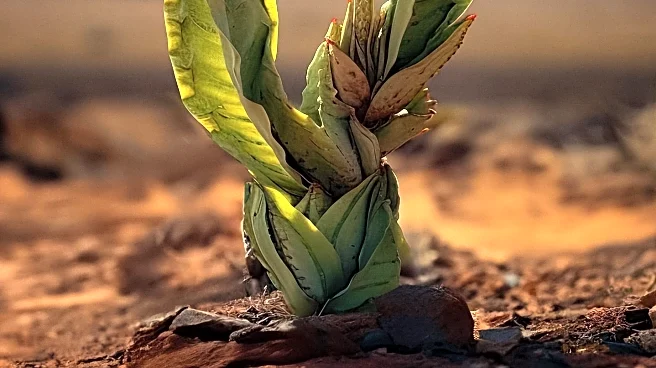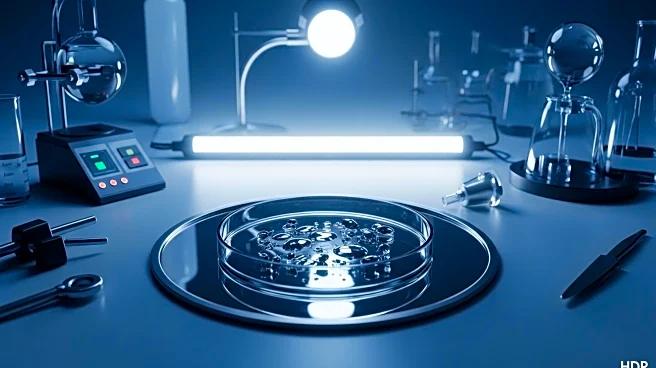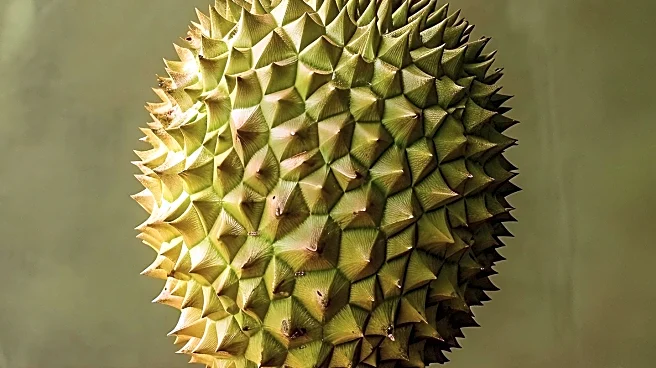What is the story about?
What's Happening?
Research from the Marine Biological Laboratory has catalogued the complex arm movements of wild octopuses, revealing 12 distinct actions that could inspire advancements in robotic technology. Octopus arms, known for their versatility and sensitivity, have long been of interest to roboticists. The study, led by Roger Hanlon, involved video recording octopuses in various habitats and analyzing their movements. The findings could lead to the development of robots capable of performing sensitive tasks, such as search and rescue operations.
Why It's Important?
The study provides valuable insights into the biomechanics and coordination of octopus arms, which could enhance the design of robotic systems. By mimicking the flexibility and precision of octopus movements, robots could be better equipped to navigate complex environments and perform life-saving tasks. This research highlights the potential for bio-inspired technology to address real-world challenges, offering new solutions for emergency response and disaster management.
What's Next?
Researchers aim to refine robotic models based on the deformations required for specific octopus movements. This could involve developing more accurate simulations and prototypes to test the practical applications of these findings. The study opens avenues for further exploration into bio-inspired robotics, potentially leading to breakthroughs in technology and engineering.
Beyond the Headlines
The research underscores the importance of studying natural systems to inform technological innovation. By understanding the mechanics of octopus arms, scientists can develop more efficient and adaptable robotic systems, paving the way for advancements in various fields.
AI Generated Content
Do you find this article useful?
